Facts about nature
Discover captivating facts about nature that unravel Earth's secrets. Delve into detailed insights on ecology, fostering awareness and sparking curiosity.
93 articles

Ancient civilizations didn't have the scientific advancements we currently use to monitor meteorological phenomena. Although there is much we still have to learn, we have been better able to understand why certain natural events occur. Without this understanding, many civilizations created magical, mystical...

Chlorophyll is something we learn about in school from an early age, but it can be difficult to grasp its true importance. This is clouded by the fact we have recently seen chlorophyll being used in culinary situations and other products, including chlorophyll gum. It may be difficult to reconcile these...
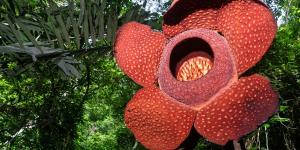
Flowers are the part of angiosperm plants that house the reproductive organs. Their purpose is to facilitate the fertilization of ovules to form seeds which become a new plant after dispersal and germination. While all flowers carry out the same basic function, individual flowering plants can have flowers...

Volcanoes are geological structures that allow magma, gases and materials from the Earth's interior to escape through the surface. While all volcanoes carry out this basic process, there are different types of volcanoes. These can be classified by various factors, including shape, formation, type of...

The daisy (Bellis perennis) is a herbaceous flowering plant of the Asteraceae family in the order Asterales. While it is often tolerated in lawns for its lovely white petals around a yellow cluster of stamens, the daisy is considered a weed. This means it often grows where it is not wanted and can use...

Ever wonder why a beach vacation feels different from a trip to the mountains? Or why coastal cities have different weather than those further inland? From perfect mild days along shorelines to dry desert heat, from sticky tropical coastal summers to thin mountain air, our planet's diverse climates create...

Volcanoes are essentially openings in the Earth's crust where molten rock, called magma, rises from deep inside the planet and erupts onto the surface as lava. These powerful forces dramatically alter landscapes, build new land, and sometimes present serious dangers to nearby communities. To better understand...
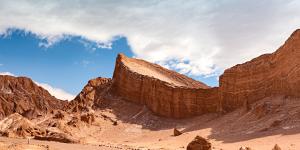
The Atacama Desert in Chile is one of the driest places on Earth, with some areas receiving almost no rainfall for centuries. But why doesn’t it rain in the Atacama? The answer lies in a mix of geographical, climatic, and atmospheric factors. From powerful wind patterns to ocean currents that block moisture,...

The Big One is a term used to describe a potentially catastrophic earthquake expected to strike along major fault lines, such as the San Andreas Fault. Experts warn that when it happens, it could cause widespread destruction, aftershocks, and even tsunamis. But when might The Big One hit, and how dangerous...
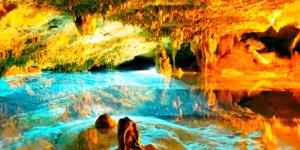
Beneath the Earth's surface lies a hidden network of subterranean rivers, quietly flowing through limestone caverns and porous rock formations. These mysterious waterways play a crucial role in the planet's hydrological cycle, influencing groundwater movement and cave formation. But what exactly are subterranean...

Why do we have seasons? It's a question that touches everything from our weather to the way nature behaves. Despite the common belief, it's not about Earth's distance from the Sun. The real reason is our planet's 23.5-degree axial tilt. This tilt stays consistent as Earth orbits the Sun, meaning different...
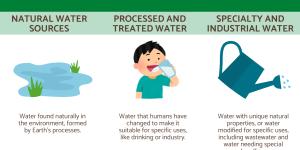
Water exists in many forms, each with unique characteristics shaped by natural processes or human intervention. While water covers much of the globe, its availability and usability vary significantly depending on its source, composition, and treatment. Understanding these variations is crucial for both...
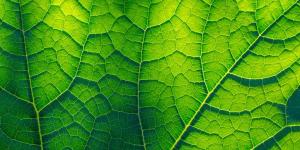
It's easy to forget that plants are constantly exchanging gases with the air, a process far more complex than our own breathing. From the tiny pores on a leaf to the massive gas exchange of ocean algae, plant respiration is vital for all life on Earth. Plants don't have lungs like us. Instead, they've...
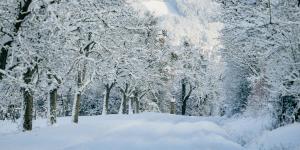
Why are snowflakes white while ice cubes are clear? It's all about how their structures interact with light. Snowflakes' complex, airy crystals have countless surfaces that scatter light in all directions (diffuse reflection), making them appear white. Ice, with its tightly packed structure, allows light...

Apart from animals, plants are the only organisms which have vascular tissues. This only applies to vascular plants, since non-vascular plants have a more simple structure. In biology, tissues are a collection of cells which work together to perform a particular function, but which are less complicated...

World Snow Day is celebrated on the third Sunday of January every year. In 2025, it will be celebrated on 19th January. This day was created with the aim of bringing people closer to winter sports and other recreational activities enjoyed in a snowy terrain. It is also designed to raise awareness of...

A seismograph is an instrument used to detect, measure and record ground movements caused by seismic phenomena. Such seismic phenomena include earthquakes, volcanic eruptions and even those induced by human activity such as those caused by explosions. Incorporating elements such as a seismometer and seismogram,...

The Mercalli Intensity Scale measures earthquake effects through observable damage and human experience, using 12 levels from barely noticeable tremors to total destruction. Created in 1902 and modified in 1931, this scale helps emergency responders assess damage patterns and engineers design seismic-resistant...

Earthquakes are geological hazards which occur due to the movement of tectonic plates in the Earth's crust. Their study requires specific tools and scales to measure their magnitude, intensity and effects. The Richter scale is a method that measures the energy released at the epicenter of an earthquake...

For most of us, the concept of fruit vs. vegetable is mainly a culinary distinction. Generally speaking, we go to vegetables when we want something savory and fruit when we want something sweet. However, this distinction is not accurate when it comes to categorizing fruits and vegetables. To really know the...
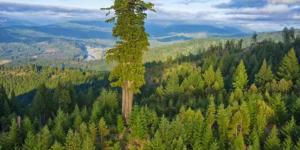
Have you ever imagined a tree towering as high as a 35-story building? These natural giants do exist, although their canopies often reach above the clouds, hidden in remote and hard-to-reach places. While many trees grow to impressive heights, one stands above the rest as the tallest living being on Earth....

Waterfalls and cascades are very similar natural phenomena that are the result of water falling from a certain height. They are a result of uneven ground disrupting the water course. This uneven ground can be due to many processes which affect the geography of ecosystems such as erosion or even tectonic...

The Bermuda Triangle is a real geographical place, located in the Atlantic Ocean. It is an area surrounding certain delineated points which extend from the island nation of Bermuda to the USA and Puerto Rico. When asking whether the Bermuda Triangle is real, it is most likely due to the mysterious stories...

The carbon cycle is a crucial natural process that regulates the amount of carbon dioxide (CO2) in the Earth's atmosphere. It involves the movement of carbon between the atmosphere, oceans, land, and living organisms. Understanding the carbon cycle is essential for comprehending climate change and the interconnectedness...
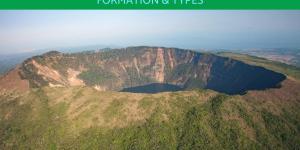
Volcanic calderas are complex geological structures that form after massive volcanic eruptions, leaving an indelible mark on the Earth's landscape. Named after the Spanish word for ‘cauldron’ or ‘boiler’, they are large depressions which can vary greatly in size and other characteristics. They are formed as...
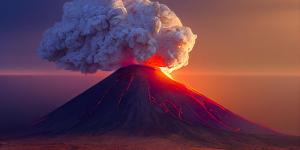
Volcanic winters occur when powerful volcanic eruptions release massive amounts of ash and gases, primarily sulfur dioxide, into the atmosphere. These particles reflect sunlight, causing global cooling. This temporary climate disruption can last for months or even years, affecting weather patterns, agriculture,...
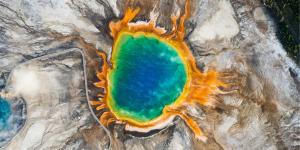
Supervolcanoes are volcanic structures that can produce eruptions of extremely high magnitude. Known as supereruptions, they release more than 1,000 cubic kilometers of volcanic material in a single eruption event. Traditional volcanoes tend to have a localized impact, but supervolcanoes can have significant...
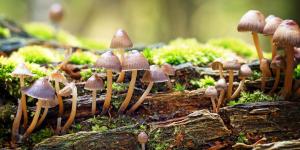
Often overlooked, fungi are remarkable organisms with a significant impact on our planet. From tiny molds to large mushrooms, these diverse life forms play important roles in ecosystems. With their ability to decompose organic matter, form symbiotic relationships, and produce various compounds, fungi...

We may associate pink beaches with the Caribbean, but they are actually located all around the world. However, they do require warm climates, meaning they are generally found in tropical or subtropical regions. These beaches achieve their pink color thanks to the presence of marine organisms such as foraminifera....
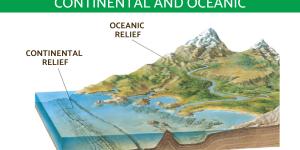
Relief features are the building blocks of our world, shaping landscapes, habitats, and even influencing weather patterns. Mountains act as wind barriers and water sources, while valleys influence drainage and temperatures. Understanding relief is crucial for land-use planning, infrastructure development,...
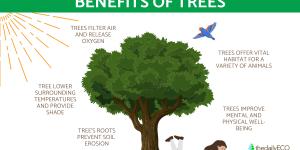
Trees are an omnipresent feature of our planet, shaping landscapes and ecosystems worldwide. But beyond their aesthetic appeal, trees provide a vast array of documented benefits that extend even far beyond the materials they offer. In fact, they play a critical role in air and water quality, soil health,...

White sand beaches are composed of light-colored materials such as calcium carbonate and quartz. They provide some of the most beautiful coastal views in the world, often surrounded by crystal clear waters and tropical flora. Although not exclusive to tropical regions such as the Caribbean, white beaches...

Plants, like all living organisms, require a constant supply of energy to function. This energy comes from a cellular process called respiration. Unlike animals that breathe in oxygen through lungs, plants carry out respiration at the cellular level. This process fuels their growth, development, and all their...

Black sand beaches get their unique color from the erosion of volcanic rocks and minerals. In some cases, black sand beaches might also contain dark-colored minerals like black sand garnet or even eroded bits of dark-colored glass formed during volcanic eruptions. These eroded volcanic materials accumulate...
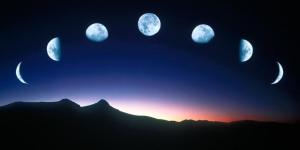
For millennia, humans have looked up at the Moon with fascination. This celestial orb has inspired countless myths, guided travelers across vast distances, and even influenced our calendars. But beyond its cultural significance, the Moon plays a surprisingly crucial role in shaping life on Earth. In...

For ice to become a glacier, it needs to be so large and dense that it moves under its own weight. The formation of glaciers takes years, sometimes several centuries. They are made of snow that has accumulated and compacted into ice over these very long periods. Their movement helps to form landscapes all over...
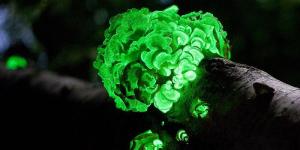
While bioluminescence might seem like something out of science fiction, it's a real natural phenomenon. Living organisms harness chemical reactions to produce their own light. From fireflies dancing in the summer sky to deep-sea wonders glowing in the abyss, this remarkable ability serves a multitude of purposes...
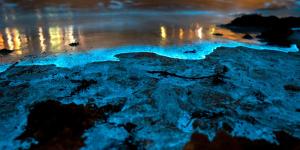
Bioluminescent beaches are the coastal areas where living beings produce light as the waves meet the sand. This light emission is known as bioluminescence and is caused by something known as a chemiluminescent reaction. Although there are beaches which are known for their bioluminescence, it is important to know it...
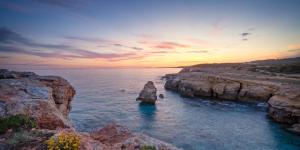
Spain's identity isn't solely defined by its mainland. The Spanish coastline stretches for thousands of kilometers, incorporating a range of islands that vary in size and character. Dotted across the Mediterranean and Atlantic waters lie a remarkable 179 islands and islets. These islands offer more than...

While we don't think of them as being dangerous, certain tree species are poisonous and toxic to humans. These deadly species may seem harmless to the untrained eye, but botanists have learned over the years that trees have surprising ways of defending themselves. This concept of a plant's self-preservation...

Have you ever wondered how a giant oak tree gets its energy, or how a tiny bacteria living in the deep sea thrives? The answer lies in a fascinating concept called nutrition, the process by which living things obtain the essential building blocks and fuel to carry out their vital functions. While all organisms...
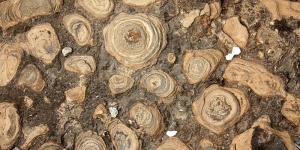
Fossils are the preserved remains of living organisms that have inhabited the planet thousands of years ago. This preservation occurs due to various processes which have allowed the remains of bodily structures to be observed today. Collectively, these processes are known as fossilization which causes...
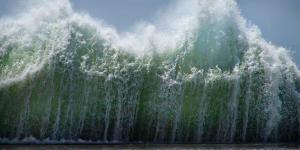
Tsunamis, often referred to as "seismic sea waves," are natural disasters that can cause widespread devastation along coastlines. Mostly triggered by underwater movements like earthquakes or eruptions, these massive waves begin as ripples in the open ocean, transforming into towering walls of water as they...

While many appreciate mushrooms primarily for their culinary uses, their significance extends far beyond the kitchen. These intriguing organisms play essential roles in our ecosystems, aiding in processes like decomposition and forming symbiotic relationships with plants. But beyond their utility, what are...
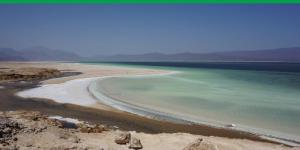
The Dead Sea is a salt lake which borders the West Bank, Israel and Jordan in the Middle East. In addition to being a tourist destination, it is of very important ecological value for the area, although not in the same way as most other bodies of water. This is due to the high salinity of the water which...
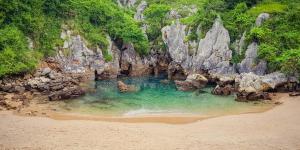
The shortest beach in the world is Playa de Gulpiyuri, an inland beach in the North of Spain. It is important to keep in mind that the criteria to determine the smallest beach can vary. For example, some may use the length of coastline, but others may consider the total land area of sand to be the most...
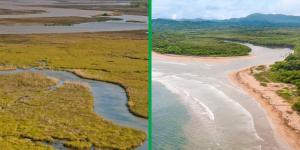
Among the differences between deltas and estuaries, we can include their shape, the composition of water, the process of sediment deposition and biodiversity. Although they are environments that can often coexist, they are not the same.
A delta is an area where sedimentation predominates, forming a...
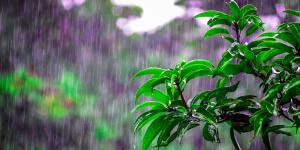
Ever noticed that unique earthy scent following a fresh downpour? That's not just dampness – it's petrichor, a fascinating phenomenon with a scientific explanation hidden behind its captivating aroma. This seemingly simple "smell of rain" is actually a complex interplay between the ground beneath our...

Islands can be classified according to their geological origin into continental islands, oceanic islands, coral islands, sedimentary islands, river islands and artificial islands. A basic definition of an island is a portion of land surrounded by water throughout their entire perimeter. They are often...
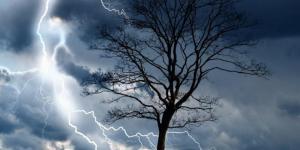
Trees, with their towering heights and expansive canopies, have long been associated with lightning strikes. This perception has fueled a common belief that trees actively attract lightning, drawing its powerful energy from the sky. While this notion might seem like a myth, there is a scientific basis for...
